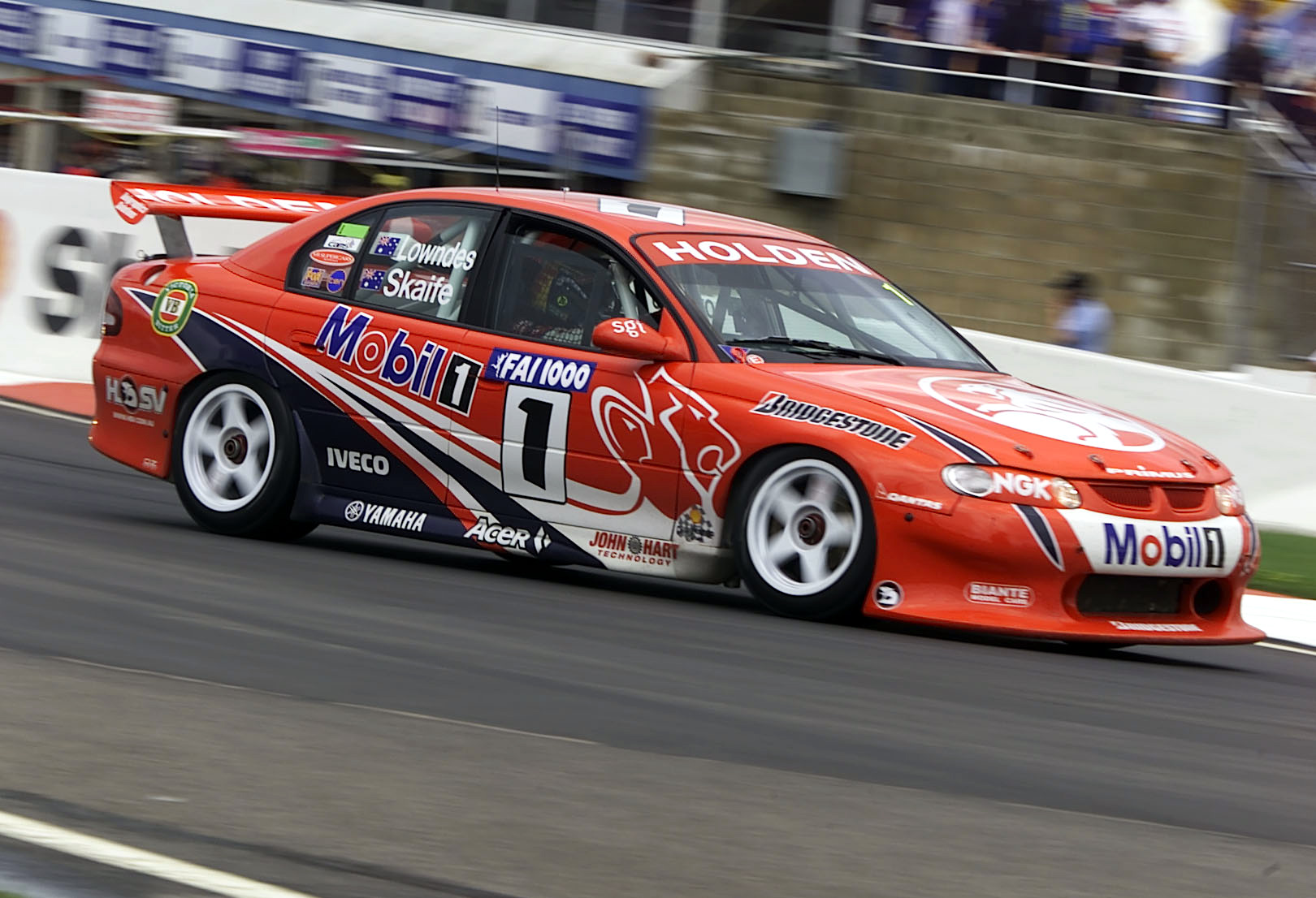The definition of what constitutes a touring car has been muddied in recent times. If you take a classical view, a tin-top needs to start life as a road-going chassis before being promptly remodelled into a racing car. Modern rulesets have almost universally eradicated that distinction, with various homologation and spec-chassis requirements being dictated for top-flight touring car categories around the world.
Pondering these anorak intricacies got us at MOTOR thinking about what the greatest touring cars of all time. We are sure you’ll have plenty to say about our decisions in the comments section!
Before we get into the meat of our list, we should provide some context for how we came to this decision. First off, we decided that any given manufacturer will only be able to muster one vehicle for the list, otherwise it would have just become an Audi, BMW, and Ford love-in. To compensate, those manufacturers with multiple contenders get the privilege of having an honour roll.
Time to get into it!
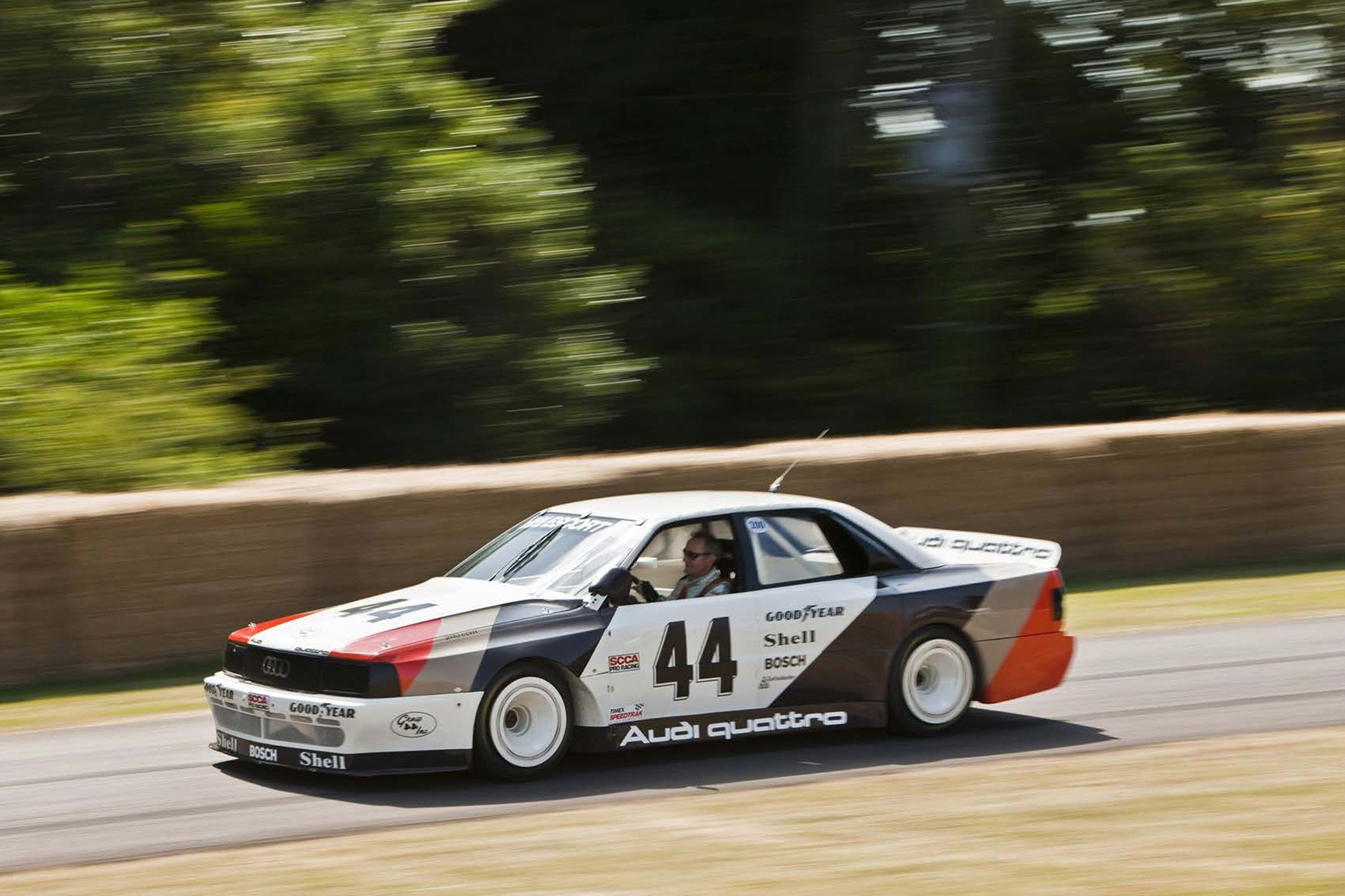
1988 Audi 200 Quattro Trans-Am
We may as well start with arguably the most controversial choice. Not because it isn’t a great touring car – quite the opposite – but because it isn’t as revered culturally as what followed it.
Let us attempt to correct the record on that front.
Many people may not be aware the Audi 200 Quattro Trans-Am exists, such is the all-conquering legend of the 90 IMSA GTO that Ingolstadt unleashed as a follow-up. That’s a shame, because the 200 Quattro Trans-Am is everything we want from a touring car in a single package. It has genuine road-going connection, was used to successfully market a similar-looking and identically badged model to the public, brought genuine innovation to a category, and looked wicked while doing it.
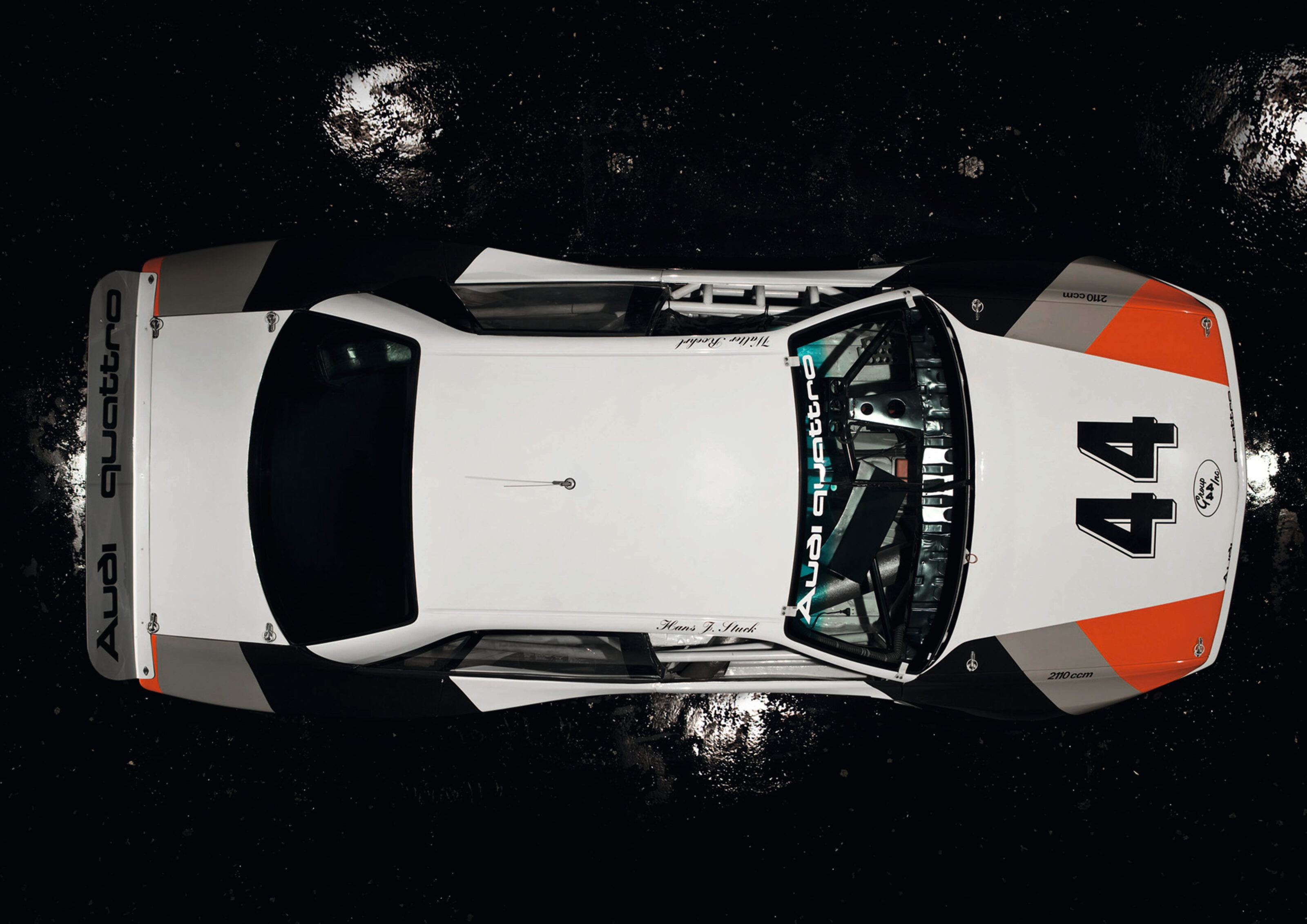
Trans-Am racing was a relatively primitive thing in 1988. Big V8s stuffed into a tube frame body with the relative likeness of a road-going vehicle draped over the top. It was good ol’ American boys doing good ol’ American things. Problem was, with the Yanks becoming complacent, they’d left the rulebook to stagnate. Then Audi, in typically German fashion, took one look at the ruleset and drove a turbocharged quattro bus through it.
You see, Audi’s motorsport squad had a bunch of rally-bred drivetrains looking for a home, and the North American road business was in dire need of some much needed positive PR. A touring car match made in heaven.
Unlike its hand-built competition, the Audi Trans-Am competitor started life as a road car chassis – adding credence to its spot on this list. Powering the 200 was a 2.1-litre turbocharged five-cylinder, which on paper would have seemed entirely outgunned by the current crop of Trans-Am 5.0-litre atmo V8s. This wasn’t any old five-pot though, it was the howling demon that had rocketed Audi’s factory rally aces through the world’s forests in the final years of Group B.
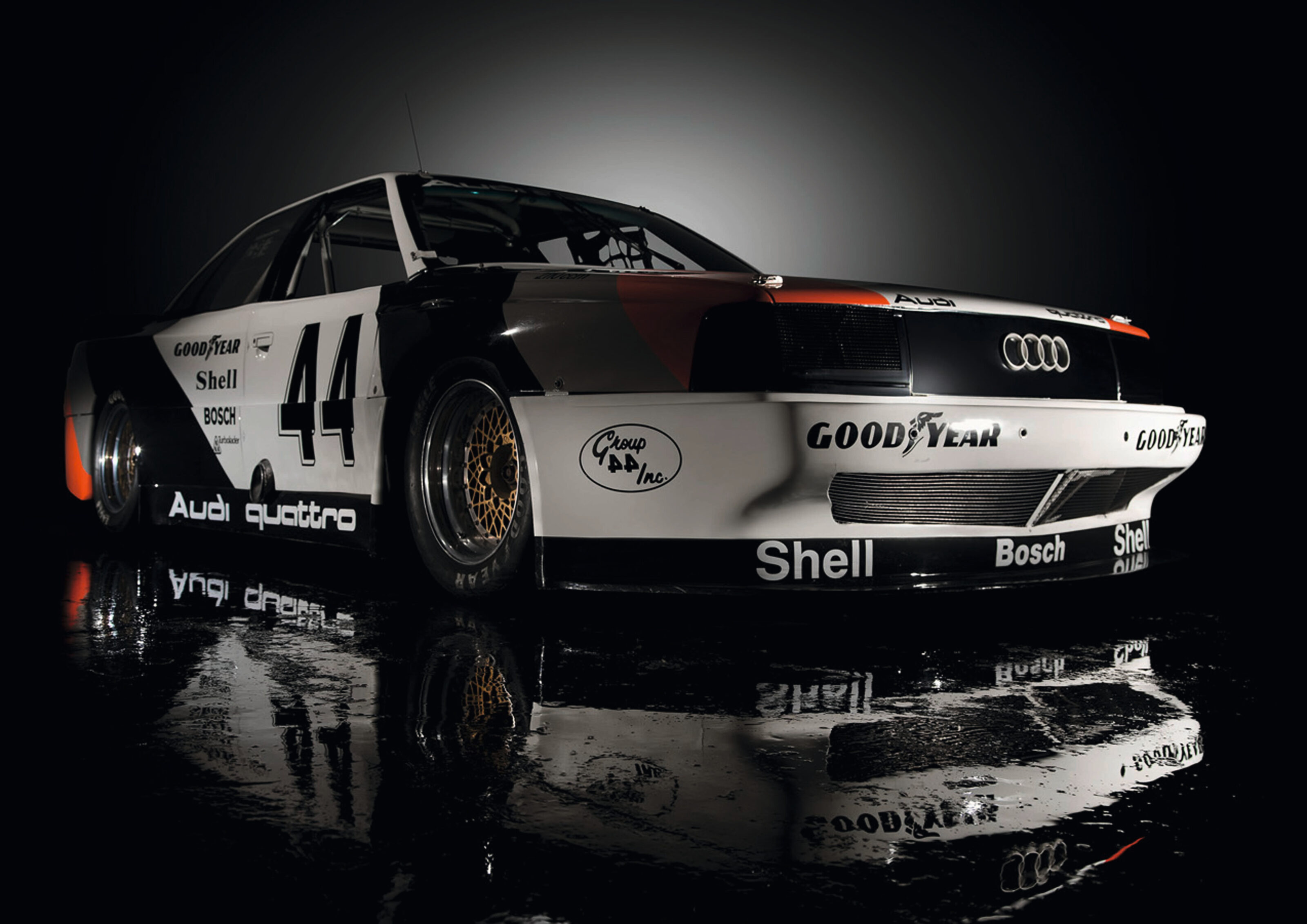
The nail in the competition’s coffin was Audi’s use of all-wheel drive. With a centre and rear differential, the 200 Quattro was able to utterly dominate the season, winning eight of 13 events.
While this list is about the cars, not the drivers, take a moment to think of the regular Trans-Am drivers who had to compete with half the driven wheels against the likes of Walter Röhrl and Hans-Joachim Stuck.
It may not be as loved as the 90, but ultimately the 200 was more road-relevant and more successful. While popular mythology dictates that it was the GTO that had the Americans changing the rules to ban it from competition in a strop, it was actually the 200 that received that honour – prompting the creation of the 90.
Honourable mentions
Audi A4 SuperTourer
New global formula, same old classic Audi domination
Audi V8 DTM
The car that put the BMW E30 M3 and Mercedes-Benz 190E Evo II on notice.
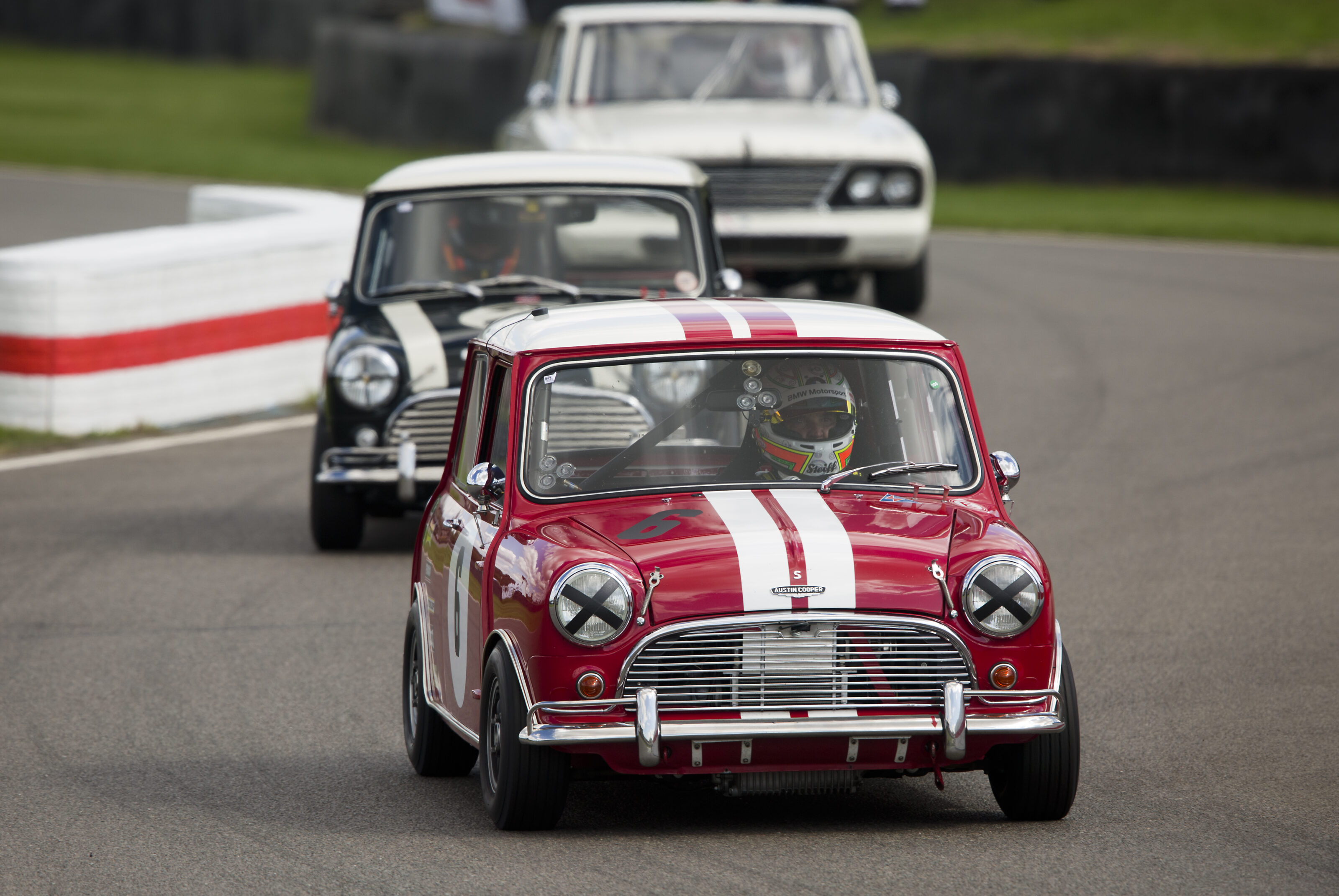
Morris Cooper
You’ve all seen the videos. A David versus Goliath battle where something big, powerful, and likely American dices for several laps with the diminutive and agile Morris Cooper.
Motorsport in the ’60s was a playground for Mini drivers, who were able to use their vehicle’s light weight and superior dynamics to harass and harangue the competition to great effect.
Across an 18 year period the Mini won seven British Saloon Car Championship titles, and a pair of European Touring Car Championship crowns.
It’s not just Europe that had to fend off the Mini swarm. At the 1966 Gallaher 500 Minis claimed the first nine outright finishing positions in dominant fashion. No other car – Australian-built or not – has been able to repeat such a feat.
Proving the car’s versatility was its domination of rallying during the same period.
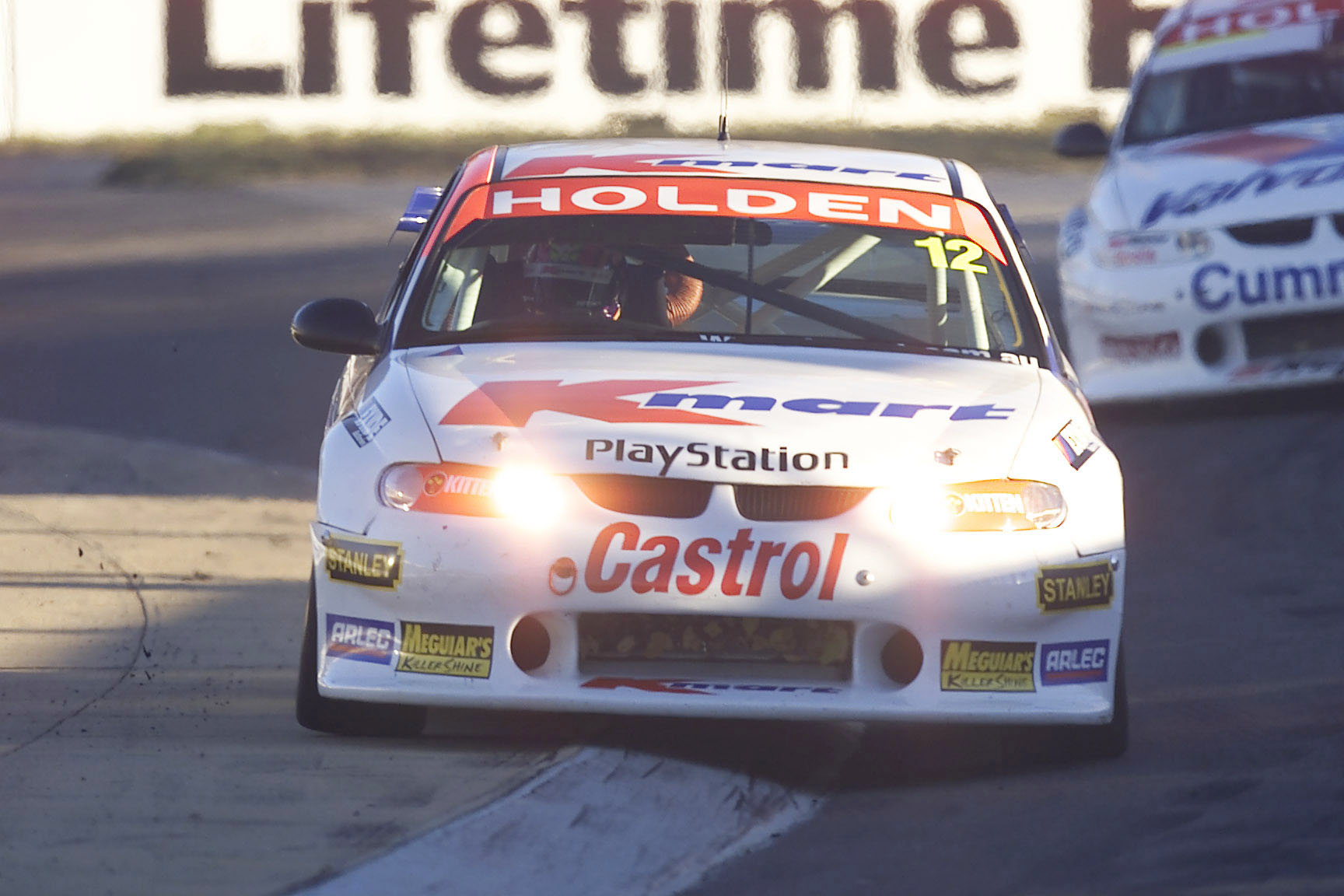
Holden VT Commodore
Forgive our parochialism for a brief moment, but you simply cannot have a list of greatest touring cars without a V8 Supercar-era Australian Touring Car Championship Ford Falcon or Holden Commodore.
Choosing the Commodore over the Falcon is no doubt a controversial one for 50 per cent of the population, but the Blue Oval’s exploits internationally meant the Falcon was going to be a hard sell.
Why the VT? Two simple reasons. It is the most successful car in ATCC history on a per-race basis, crossing the line in first place in 63 races in just three seasons. While other models have larger win tallies, they did so over a larger window of opportunity.
The second, and perhaps most important reason, is that the VT went on to become the most popular Commodore ever sold. In excess of 300,000 units were sold between 1997-2000. Now, we aren’t saying the on-track success of the V8 Supercar was the sole reason for the commercial boon. However, having the likes of Mark Skaife, Craig Lowndes, Garth Tander, Larry Perkins and Greg Murphy using your product to thrash the competition no doubt helped the Win on Sunday, Sell on Monday pipeline. Bathurst 1000 victories in 1999 and 2000 seals the deal.
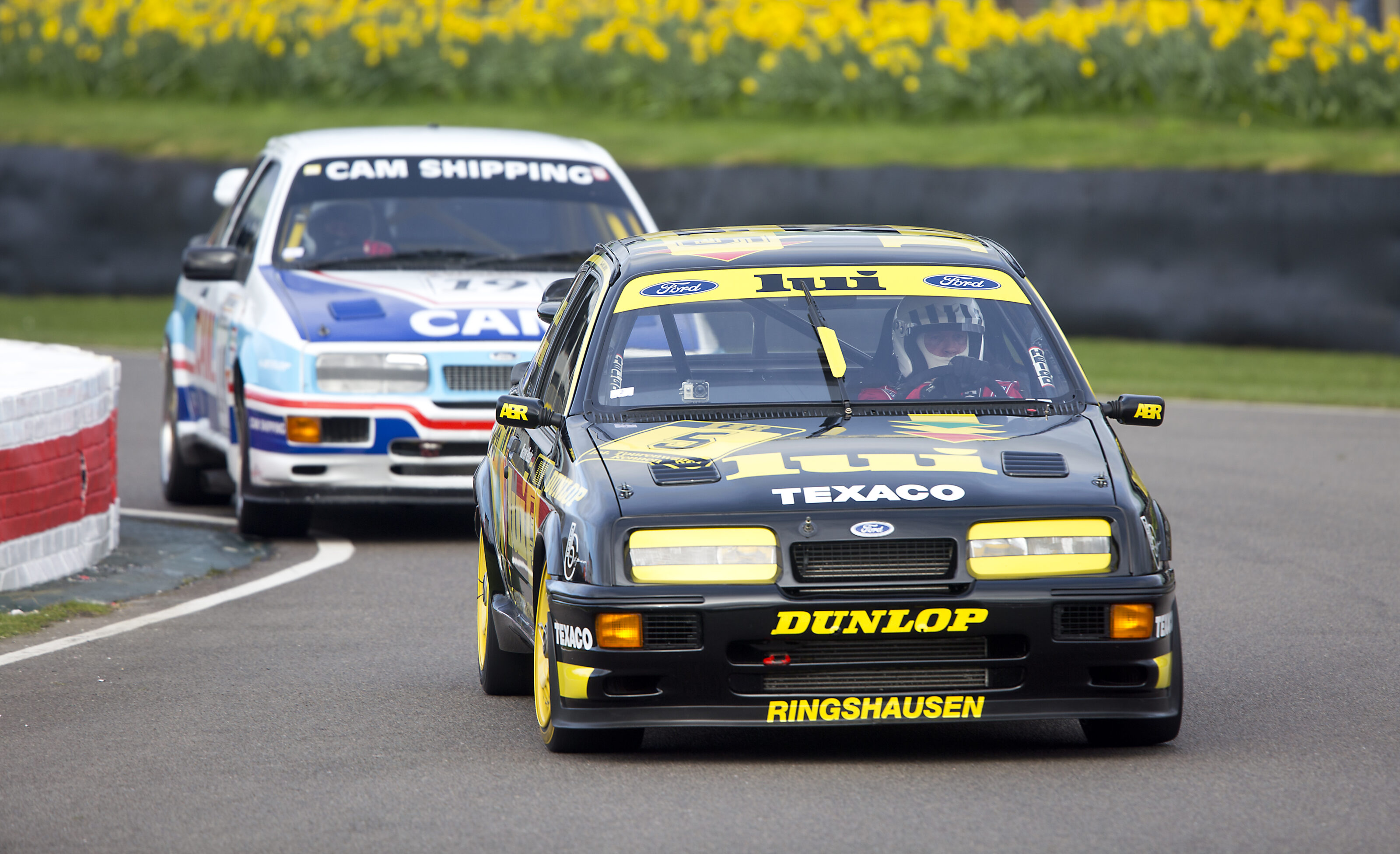
Ford Sierra Cosworth RS 500
Hark the V8 killer, Ford’s indomitable RS 500. Powered by a 2.0-litre turbocharged four-cylinder engine, the forced induction did most – nay, all – of the heavy lifting when it came to propelling the boxy two-door around the world’s circuits.
Homologated under Group A regulations, the RS 500 earned a fearsome reputation for being a laggy, spiky thing. But for those who could tame it, the Sierra was an absolute weapon. Spitting fire and fluttering its turbo from afar as it galloped into the distance.
Australians will be familiar with the RS 500 from the infamous 1987 Bathurst 1000 when the car was first over the line, but ultimately disqualified. Better yet was Dick Johnson, who undeniably built the fastest RS 500’s in the world. Forget the Euros, if you wanted a rocketship Sierra, it needed to come from DJR in Queensland.
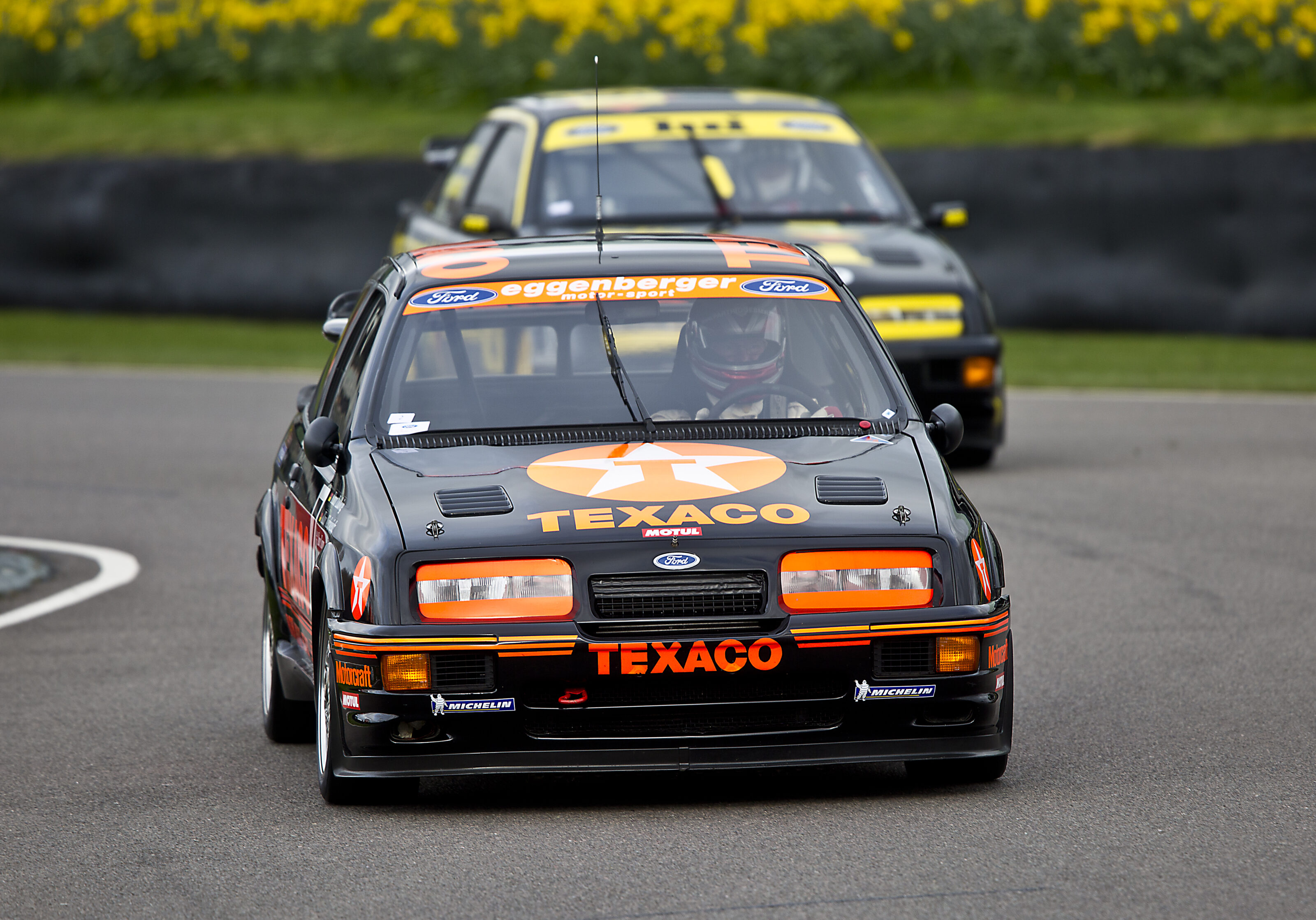
Honourable mentions
BA Ford Falcon XR8
In terms of light after the dark of the AU years, the BA Falcon is a blazing hot sun. It claimed three V8 Supercars titles at the hands of Marcos Ambrose (’03/’04) and Russell Ingall (’05) as well as an emotional Bathurst 1000 win in 2006 with Lowndes/Whincup.
Ford Mondeo BTCC
F1-level budgets, with F1-calibre drivers, being poured into a regional touring car championship was always going to produce spectacular results. Mr Mondeo Man was never cooler (or faster) than this.

Ford Mustang
The Blue Oval’s iconic pony car has been thrashing the competition in touring car races around the globe for decades. Supercars Gen3 Mustang looks set to be the fastest of the lot.
Ford Capri
Ford’s German team went all out trying to thrash BMW in the European Touring Car Championship in the ’70s, building a poster boy for touring car visuals in the process.
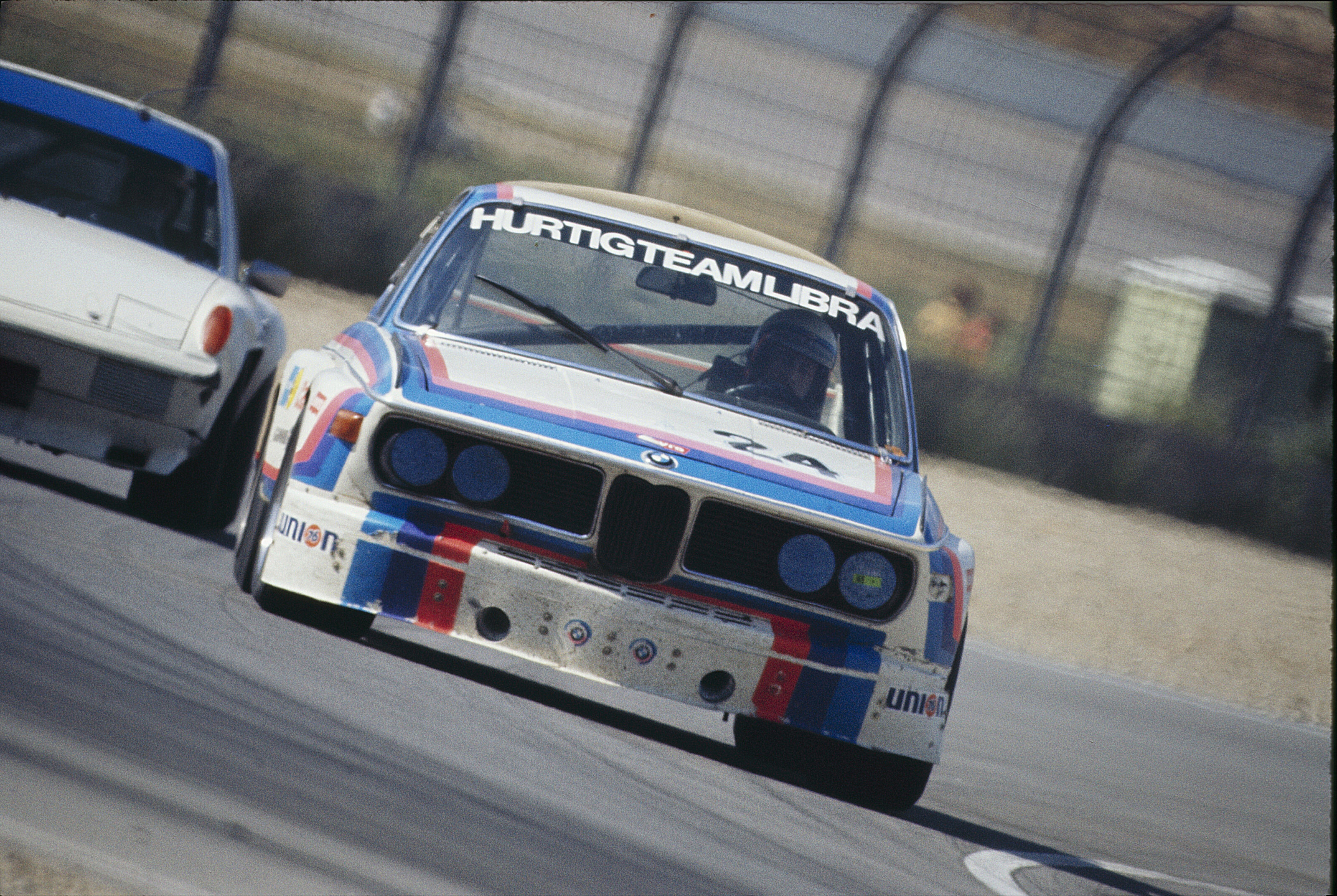
BMW E9 3.0 CSL ‘Batmobile’
Aside from having one of the coolest nicknames bestowed upon a race car, BMW’s E9 3.0 CSL was a dominant force in global touring car racing from the brand in the ’70s.
In 1973 the car took out the European Touring Car Championship (ETCC), along with class honours at the 24 Hours of Le Mans the same year. The car would then win every ETCC season from 1975-79.It was the first race car to feature BMW M Division’s distinctive red, white and blue colours.
Beyond that success though, the 3.0 CSL earns its place on this list through sheer significance. It forged a path for BMW’s motorsport future, and looked damn cool while doing it!
Honourable mention
BMW E30 M3
You didn’t think we’d forgotten about BMW’s ever-popular homologation hero, did you?

Nissan BNR32 GT-R
Much has been written about the Nissan BNR32 GT-R ‘Godzilla’ and its domination of Group A touring car racing. How you perceive the all-wheel drive GT-R’s racing is seemingly heavily influenced by you allegiances at the time it competed, or your year of birth.
The controversies that entangle the GT-R’s racing history shadows the importance the car had, not only in Japan, but internationally. Godzilla carried the entire weight of the Japanese Touring Car Championship on its shoulders, being the only car competing in the category’s final years. On-track success without any rivals to compete against means no one highlights the GT-R’s native racing efforts.
Enter Gibson Motorsport and Australia. It was here that the GT-R was transformed into its ultimate form. What the team created was all-conquering in the final days of Group A, winning races and championships from the moment it was introduced into the ultimate downfall of the category (that it played no small part in speeding up).
Honourable mentions
Nissan Primera
Won 13 of 26 races in the 1999 BTCC, along with driver’s, team’s, and manufacturer’s titles. Probably smashed a few wing mirrors along the way.
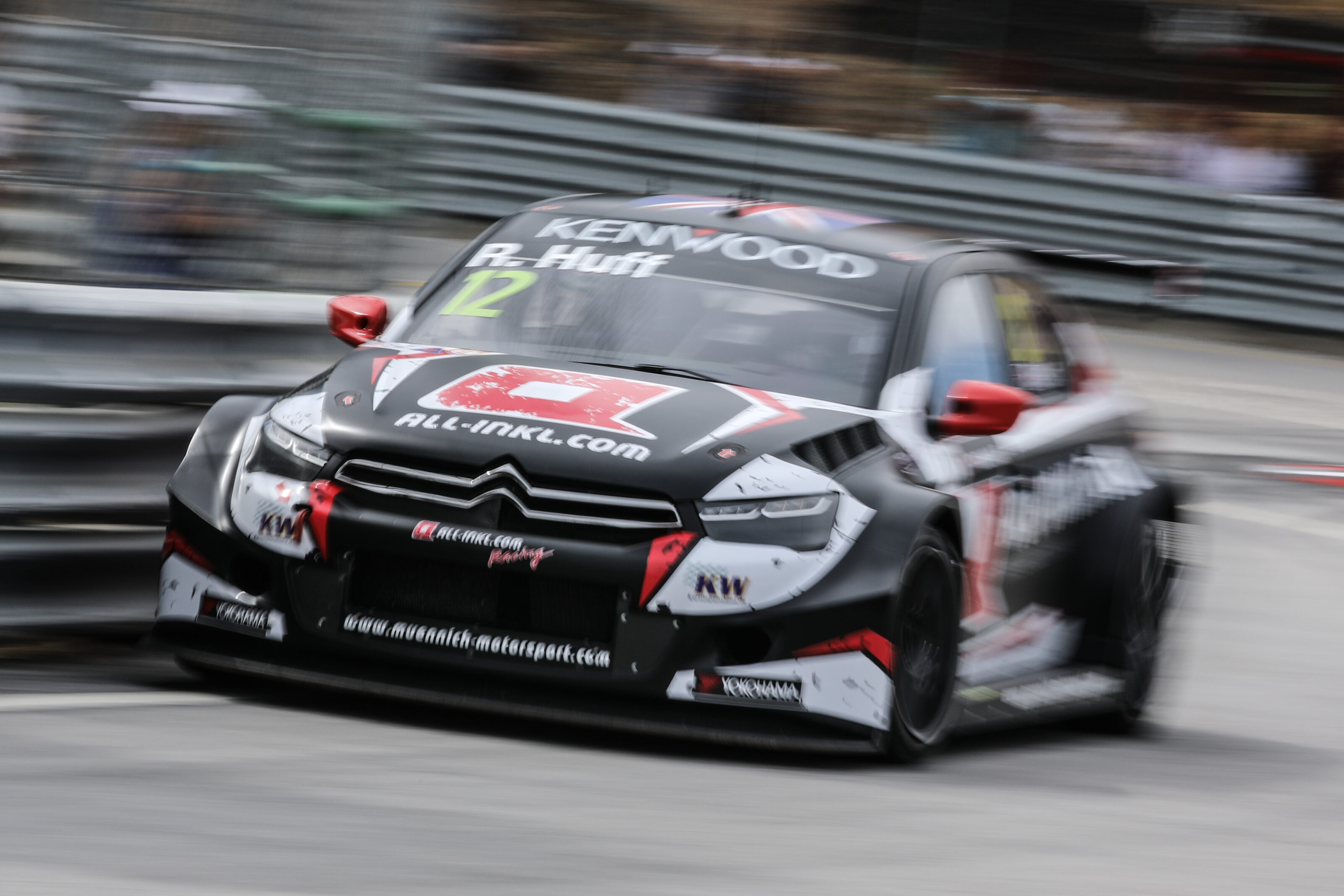
Citroën C-Elysée WTCC
To be great, you don’t need to be popular. This is perhaps best defined by the Citroën C-Elysée. The car competed in the World Touring Car Championship with little fanfare, but became the most successful model in series history in the process.
With 57 WTCC race wins to its name, the C-Elysée captured the spirit of what makes touring cars so intriguing – taking an entirely mundane French sedan and using it to race hard and fast.
That success was in no small part due to the all-star driver line-up – which included the greatest rally driver to ever live, Sebastian Loeb. The rallying link continued with the cars development, with a DS3 used as an initial test mule, and the engine being a development of the model used in the brand’s WRC machinery since 2011.
The factory team only competed for three years between 2014-16, winning both the driver’s and manufacturer’s titles each season. Now that is a domination.
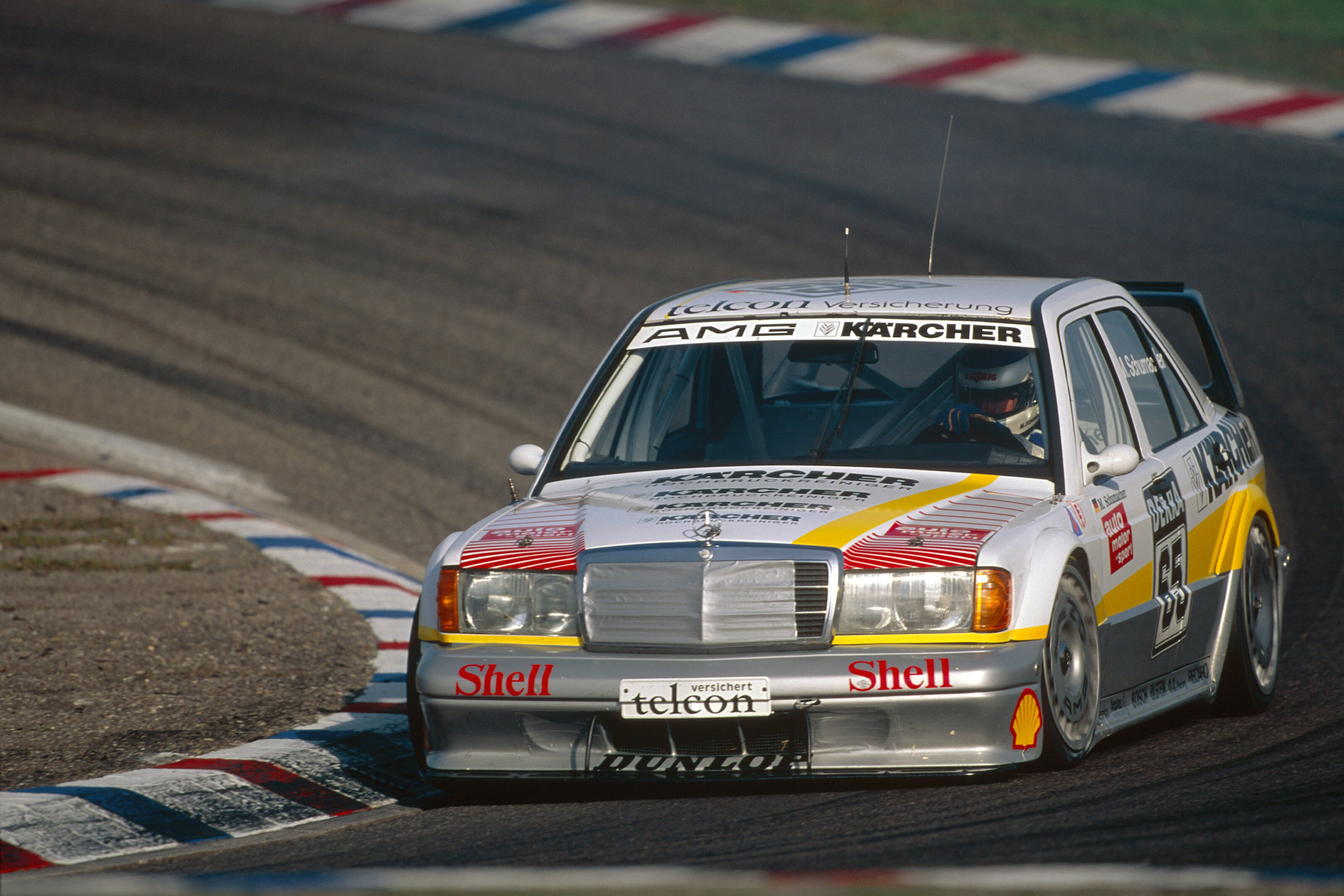
Mercedes-Benz 190E Evo II
Behold the poster boy for homologation heroes. The road-going Mercedes-Benz 190E Evo II was revealed at the Geneva motor show in 1990, based on the standard 190E but with everything turned up to 11, the motorsport version dominated German touring car racing of the era, and became an instant icon.
Just 502 road cars were ever built, with Merc pulling every trick in the book to give its DTM racers a competitive advantage, which they used to win 16 of 24 races in 1992.
Not only did the 190E Evo II look cool, it was fast. The innovations didn’t just stop at optimising the road car – at a DTM exhibition race in South Africa a last-minute factory entry was flown from Germany to compete, debuting one of the first uses of ABS in racing history.
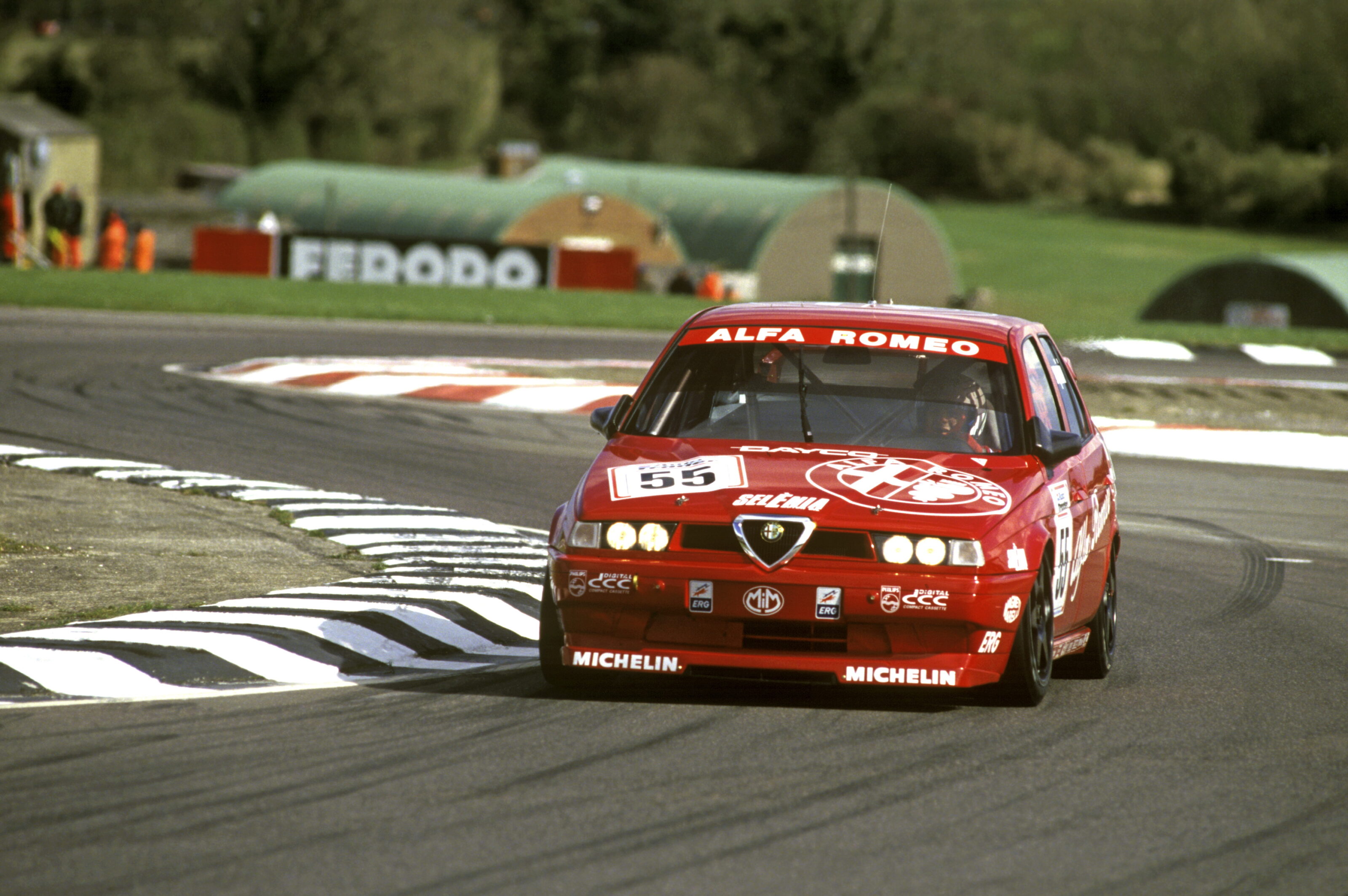
Alfa Romeo 155
How’s this for a report card? Between 1992 and 1994, the Alfa Romeo 155 won the Italian Superturismo Championship, the German DTM championship, the Spanish Touring Car Championship, and the British Touring Car Championship.
That is impressive in its own right, but what earns the 155 its spot on this list (beside the iconic looks), is the fact it competed with two distinct, but equally successful powertrains. Depending on the championship it was racing in, the 155 could be seen blasting around the track with the aid of either a free-breathing V6, or turbocharged four-cylinder.
When the Italians decided to drop tools on open-wheel racing and come play in the touring car sandbox, they meant business!
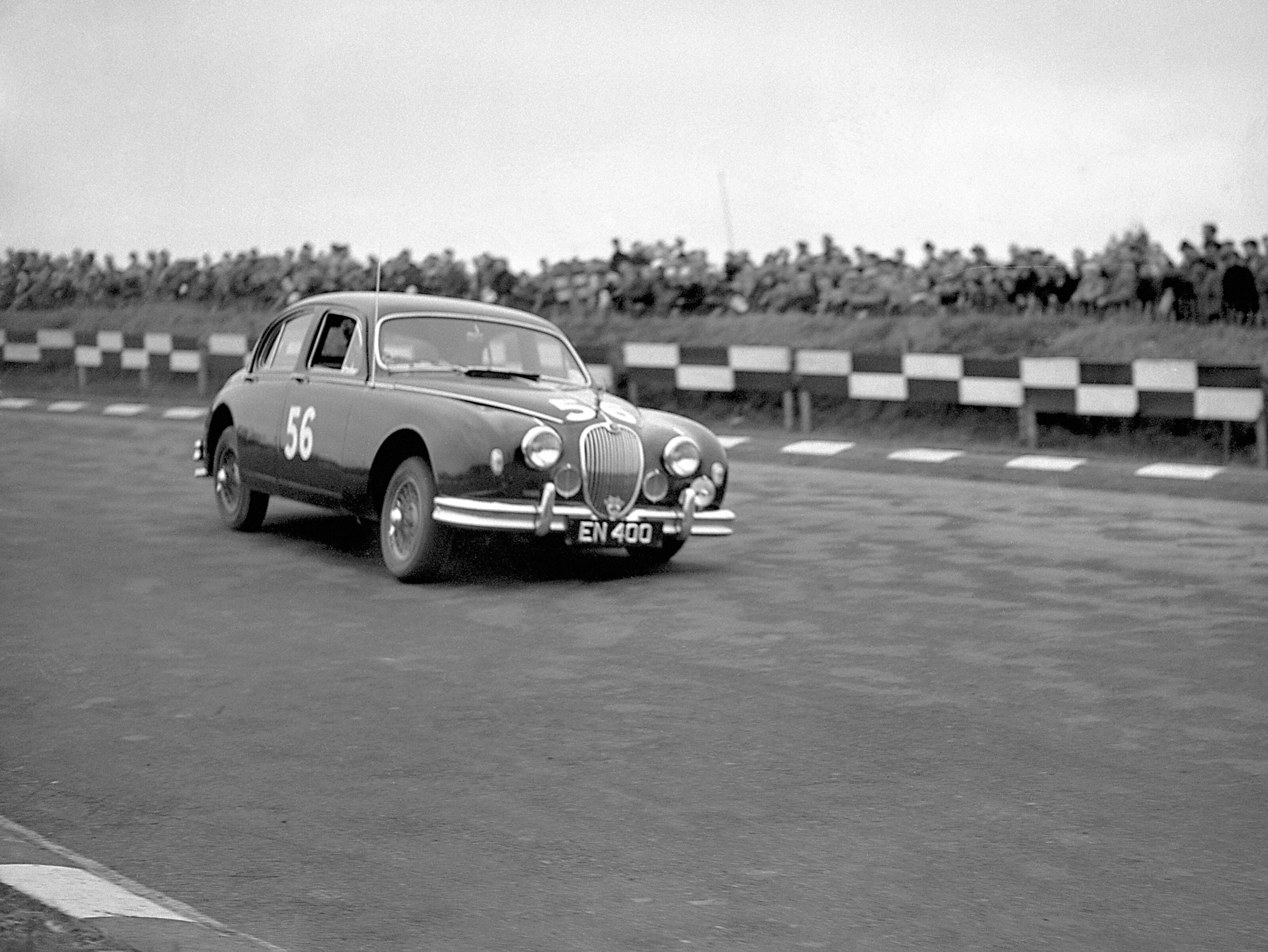
Jaguar Mark 1
One of the earliest heroes of touring car racing was Jaguar’s Mark 1. Probably due to the way it oversteered literally everywhere.
Skinny cross-ply tyres meant the big British saloon was rarely pointing in the direction of travel, sliding with grace from bend to bend. This earned the Jag a place in the heart of fans everywhere, including ours!
The sideways antics didn’t mean it was slow, oh no, with the Jag dominating the early ’60s BTCC, and winning both the ’60 and ’61 Australian Touring Car titles to boot.
Think there is something we missed? Let us know in the comments below!
We recommend
-
 Motorsport
MotorsportWhat is the coolest touring car of all time?
The Wheels team has become divided over which touring car is the coolest of all time. Help us decide!
-
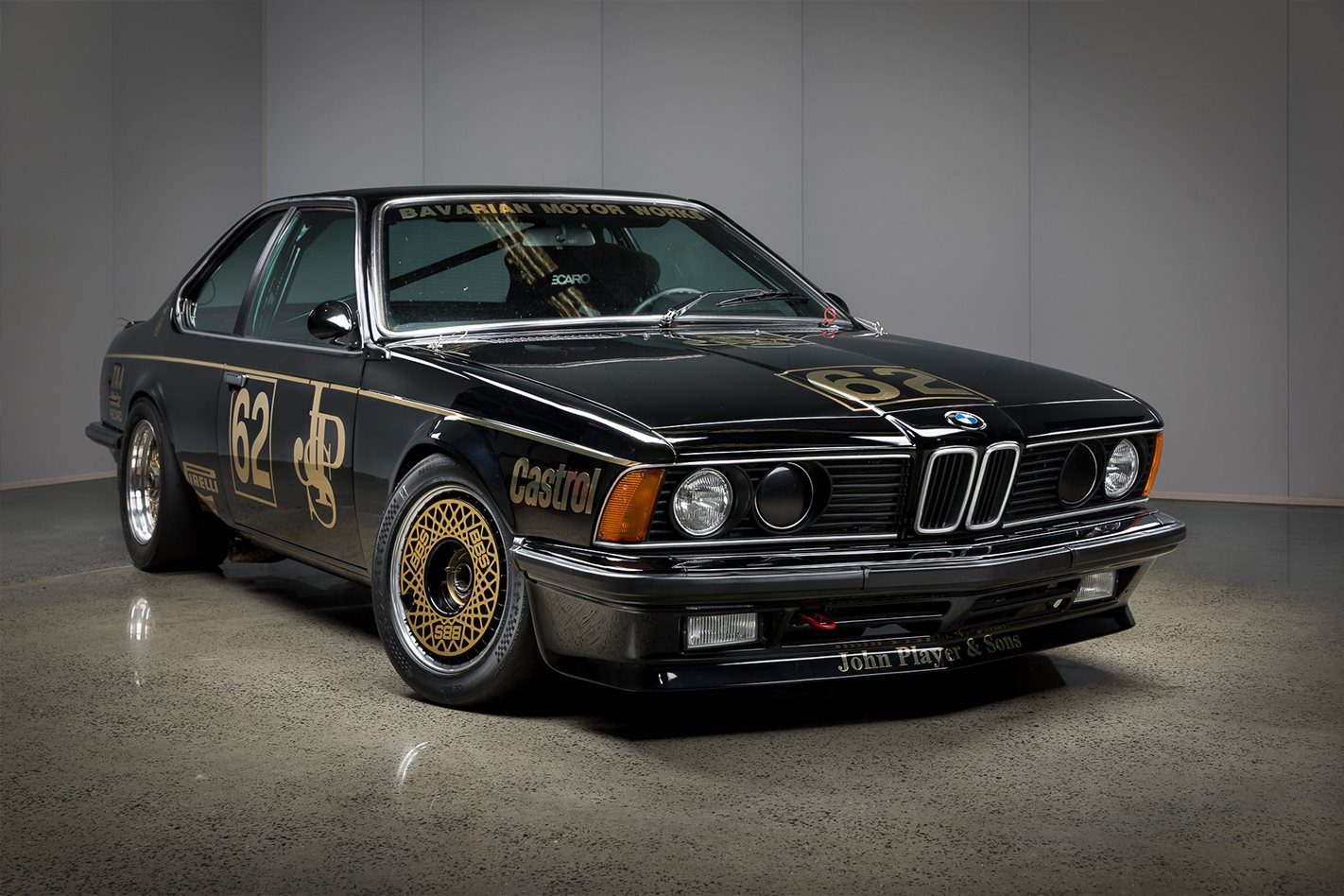 Motorsport
MotorsportOne of Australia’s greatest touring cars is for sale
This iconic racer won three championships in a single year
-
 Opinion
OpinionOpinion: Has the golden age of touring cars passed us by?
We look to the past to find solutions to the problems plaguing modern touring car racing


